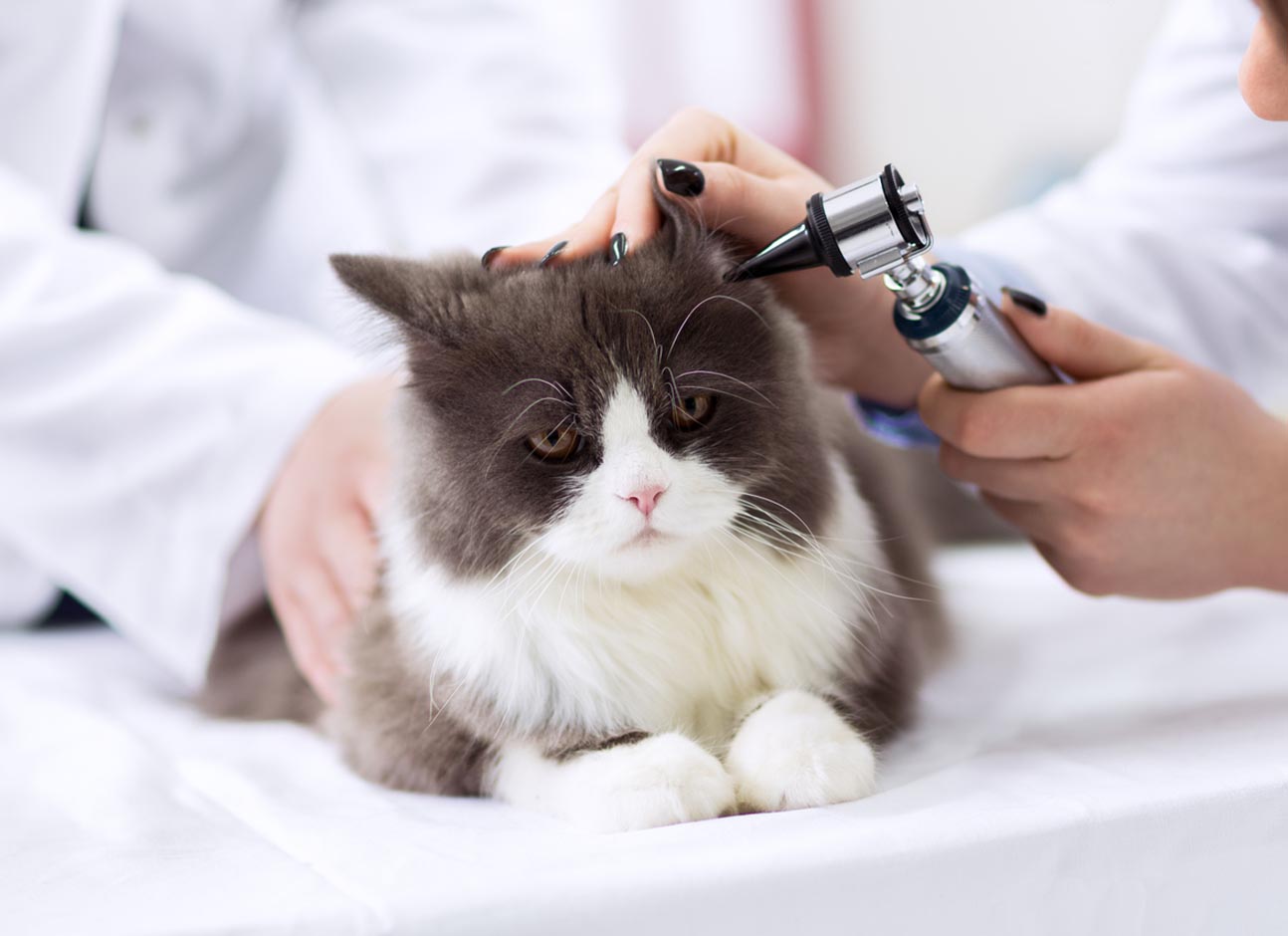If you notice your pet constantly trying to scratch its ear, scratching the skin, or frequently shaking its head, these actions often indicate the presence of ear mites. This common disease is caused by a tiny parasite, up to one millimeter in size, and can be treated effectively at an early stage, even with certain home remedies. However, it is crucial to remember that feline ear mites cause extreme discomfort, and active shaking may lead to ear hematoma and serious irritation of the external ears.
Methods of Infection:
Ear mite, also known as otodectosis, is a dangerous disease because, if left untreated, it can cause severe consequences such as ear infections and digestive difficulties. Cats can become infected through:
Contact with already infected pets.
Transmission from a mother cat to her litter during grooming or feeding.
Contact with objects used by an infected pet.
Walking where an infected animal has been.
Parasites carried on human clothing.
It is essential to clean a cat’s ears if they come into contact with a sick pet.
Symptoms:
In most cases, parasites infect both ears, and it is extremely difficult to visually determine their presence due to their small size. The following characteristic symptoms indicate an ear mite infection:
Frequent head shaking, constant ear scratching, and the presence of scratches behind the pet’s ear. Scratching the ears can injure the eardrum.
Unpleasant odors from the ears.
Darkened cortical formations in the outer ear, abundant secretion of viscous, dark-colored earwax.
Persistently flattened ears.
Pain when stroking the head.
Over time, other symptoms may appear:
Loss of appetite, constantly nervous and restless behavior, sleep problems.
Swelling and pain in untreated ears.
Formation of scales and crusts on the pet’s neck and tail area due to a generalized itching sensation.
Scratches and abrasions on the ears from constant scratching.
Ear mites may cause bacterial infections, leading to hair loss around the head and neck, and scab formation in and around the ears.
Diagnostic Methods:
First, inspect your pet’s ears and report any crusts, excess earwax, or scratches to a veterinarian. The veterinarian will examine the ears with an otoscope and analyze swabs taken from the ears under a microscope. Blood tests and urine tests may also be prescribed.
Treatment Methods:
In case of an ear mite infection, it is crucial to begin treatment immediately. Promptly selecting and initiating the right treatment will eliminate the infection, restore the immune system, and prevent serious complications. Follow the veterinarian’s instructions, clean the ears before using ear drops, and handle your pet carefully. The specialist may also prescribe immune system-strengthening medications, injections, and other treatments. Do not use these medications without a veterinarian’s recommendation.
Prevention:
To prevent ear mites, regularly clean your cat’s ears, use special lotions, and perform routine antiparasitic treatments.
